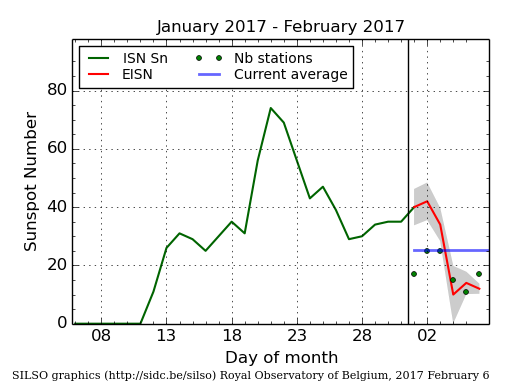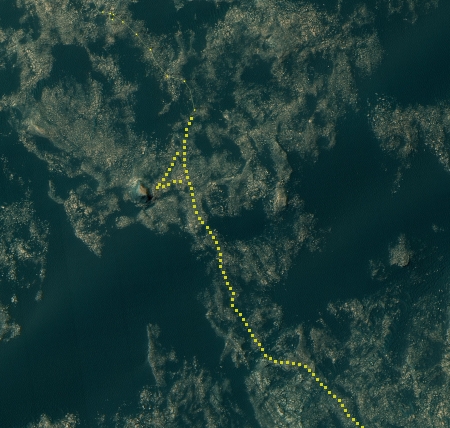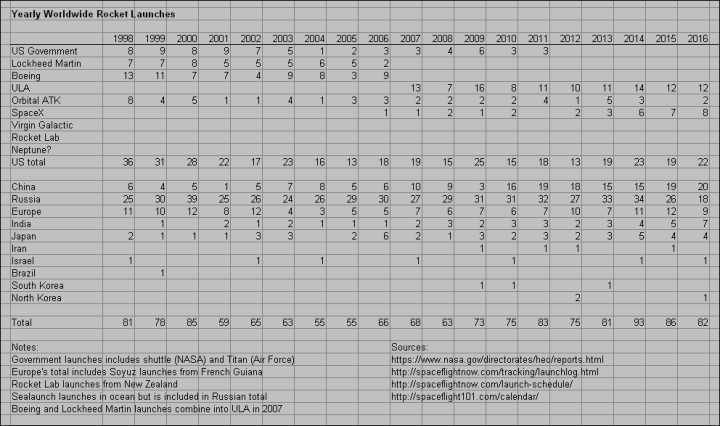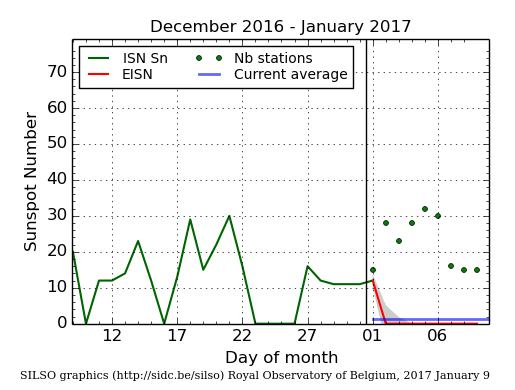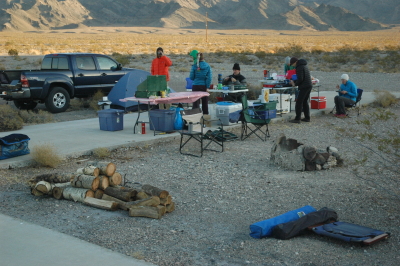The editorial board of the Washington Post today decided it was time to speak up about the disaster of Venezuela and the totalitarian rule of that country’s socialist leader, President Nicolás Maduro.
Venezuela, which was once Latin America’s richest country, has become an unwilling test site for how much economic and social stress a modern nation can tolerate before it descends into pure anarchy. This month its 31 million people lurched a big step closer to that breaking point, thanks to another senseless decree by its autocratic populist government.
For years Venezuelans have struggled with mounting shortages of food, medicine and other consumer goods, as well as triple-digit inflation that has rendered the national currency, the bolivar, worthless. By this month the 100-bolivar bill, the largest note in circulation, was worth only 2 cents, forcing people to carry piles of them in order to make the most rudimentary purchases. Then came this coup: On Dec. 11, President Nicolás Maduro, an economically illiterate former bus driver, announced that all 6 billion 100-bolivar notes would cease to be legal tender in just 72 hours. He also closed Venezuela’s borders with Colombia and Brazil, on the theory that traders were hoarding currency in those countries.
Almost overnight, millions of Venezuelans — about 40 percent of whom do not have bank accounts in which the currency could be deposited — lost the ability to purchase even those goods still available on the market. The result was predictable: looting and riots in at least eight cities. In the eastern town of Ciudad Bolivar, with a population of some 400,000, hundreds of stores were looted and at least three people were killed in three days of mayhem. [emphasis mine]
To the Washington Post’s editorial board, made up of east coast liberals, Maduro’s government has never been socialist. Instead, it is an “autocratic populist government.” In fact, nowhere in their entire editorial do the words “socialism,” “communism,” or “Marxism” appear, even though it has been those exact ideologies that has shaped the decisions of Maduro and his predecessor, Hugo Chavez. In fact, until recently the liberals on the Washington Post editorial board would have likely celebrated the socialist revolution in Venezuela, begun by Chavez. Their leftwing comrades throughout modern intellectual circles surely did.
With petrodollars pouring in, Chavez had free rein to put his statist prescriptions into effect. The so-called Bolivarian revolution over which he — and later his handpicked successor, Nicolas Maduro — presided, was an unfettered, real-world example of anticapitalist socialism in action. Venezuela since at least the 1970s had been Latin America’s most affluent nation. Now it was a showpiece for command-and-control economics: price and currency controls, wealth redistribution, ramped-up government spending, expropriation of land, and the nationalization of private banks, mines, and oil companies.
And the useful idiots ate it up.
In a Salon piece titled “Hugo Chavez’s economic miracle,” David Sirota declared that the Venezuelan ruler, with his “full-throated advocacy of socialism,” had “racked up an economic record that . . . American president[s] could only dream of achieving.” The Guardian offered “Three cheers for Chavez.” Moviemaker Oliver Stone filmed a documentary gushing over “the positive changes that have happened economically in all of South America” because of Venezuela’s socialist government. And when Chavez died in 2013, Jimmy Carter extolled the strongman for “improving the lives of millions of his fellow countrymen.”
Now that this socialist “economic miracle” has failed, as socialist economic miracles always do, the useful idiots on the Washington Post’s editorial board have suddenly realized that it was never Marxist ideology that moved Chavez and Maduro, but an “autocratic populist government.” The intellectual dishonesty here is amazing. Worse, however, is how typical it has become. Western intellectuals, the so-called elites of our society, have developed an uncanny ability to fool themselves. They are never wrong. Instead, they simply change the facts to protect their shallow leftist beliefs.
Nonetheless, Marxist leftwing ideology did destroy Venezuela, just as it destroyed Russia and Eastern Europe, and just as it is destroying the big urban cities of the United States, all ruled by increasingly leftist Democratic politicians whose only goal is to emulate Hugo Chavez and bring his “economic miracle” to their cities.
The great tragedy is that these leftist Democratic politicians in America’s big cities will likely succeed, because our so-called intellectual community, like those on the Washington Post’s editorial board, are willing to blind themselves to the truth.
Remember this the next time they try to tell you how evil Trump and the Republicans in Congress are. They are lying, not just to you, but to themselves.







